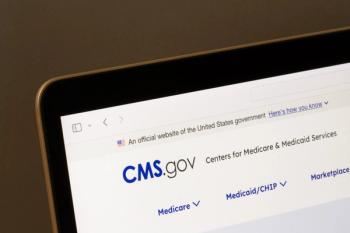
Toolkit Evaluates Automated Dispensing Station Overrides
A toolkit provides insight into the use of automated dispensing station overrides for emergency situations.
In emergency situations, a medication override can give an automated dispensing station user the opportunity to bypass order review by a pharmacist to require necessary medications to manage the situation. The Medication Management Standard set by the Joint Commission requires hospitals to assess the effectiveness of their system by reviewing the appropriateness of overrides. A poster presented by Nowshin Islam, PharmD, BCPS, Yale New Haven Hospital in Connecticut at the American Society of Health-SystemPharmacists 2022 Summer Meeting and Exhibition in Phoenix, Arizona examined the dashboard that had been developed for a health system.
The override dashboard was made using business intelligence software and shows the total number of medications that have been made on override for each delivery network in the 5-hospital health system. Overrides that were linked to a medication order were separated from those that were not. Medications that receiving override orders can be examined at multiple levels, including system, delivery network, or patient care unit.
Toolkit components included background information (reasons for the development of the toolkit), the goals of the health system, delineation of team member responsibilities, guidance for linking overrides to orders, a user guide for patient service managers, and a checklist for nurses to complete at the end of shift.
The overall override rate in the health system for the first quarter of fiscal year 2022 was 0.78%, with a linking rate of 32.5%, 30.9% for controlled substances. The plan for the toolkit is for nursing and medical staff to use the dashboard to review override and linking activity, with oversight by the pharmacy. Using the baseline metrics, goals have been set for the remainder of the 2022 fiscal year, which includes sustaining an overall override rate below 1%. The targets for increasing the linking rate are 40% by the end of the third quarter, 50% by the end of the fourth quarter, and achieving and retaining a rate of 75% in fiscal year 2023 and beyond.
The dashboard provides interested parties with an efficient and easy way to monitor automated dispensing station overrides as well as linking those transactions to associated orders.
“Future plans include analysis of dashboard utilization with targeted follow-up and further work to limit overrides to urgent/emergent situations,” the author concluded.
Reference
Islam N. Development and implementation of an automated dispensing station (ADS) overrides dashboard and toolkit in a five-hospital health system. Presented at American Society of Health-SystemPharmacists 2022 Summer Meeting and Exhibition; June 11-15, 2022; Phoenix, AZ. Poster 33-T.
Newsletter
Pharmacy practice is always changing. Stay ahead of the curve with the Drug Topics newsletter and get the latest drug information, industry trends, and patient care tips.





















































































































































